When I was in my third year of University, I took a class called Catalan Culture. We learned the entire history from medieval times, right up until present day. We learned about their customs, their beliefs, and their way of life. We learned about many famous Catalan people and many famous Catalan places. During the course, we had two main projects in which we had to present to the class. My first project was about Joan Miró and his amazing art. My second project was about Antoni Gaudi, and the Sagrada de Família.
I spent hours and hours over the span of a month researching and reading everything possible about Gaudi and his awe-inspiring architecture. I memorized every nook and cranny about the Sagrada de Família, inside and out. I knew what meant what, and why things were the way they are. It felt like I had already been there before I even set foot in Barcelona.
I arrived on the subway at Estacio Sagrada Familia and emerged to street level. The moment I stepped out of the stair-tunnel I could see the enormous cathedral towering over me. I was in near-shock and my mouth hung open; I couldn’t believe that I was finally here. I pulled myself together and crossed the street.
The South Façade (the Glory Façade) of the building is lined with large stone columns, that appear to rise up into the sky. It features the spire main towers, and is yet to be completed. There will eventually be 18 spires, when completed, representing the 12 Apostles, the 4 Evangelists, the Virgin Mary, and Jesus Christ. Plans for the façade that are at the base of the columns there will be representations of the Seven Deadly Sins, and at the top, The Seven Heavenly Virtues.
This is also where the entrance is located. I entered around the corner of a tall black fence, and walked through to the ticket counter. Regular tickets cost 13.00 € and only includes a general walk-through; things like a ride up the tower, or guides will cost you extra. Lucky for me, I could be my own guide.
After purchasing my ticket and admiring the view of the front, I approached the main doors. The doors were large, heavy and made from stone and metal. They were dark beneath, almost green, but covered in a rich pasting of gold in many areas. thousands of small words were carved into the doors, depicting the word Jesus and other words from the bible, over and over in many different languages, including Catalan.
Among the words, there were hundreds of hidden images and religious items. There were sacred coins, ancient scripts and holy symbols. One of the most important secret messages placed around the Cathedral is the magic square. A magic square is a 4×4 square of numbers, that when added up in any direction, the constant number equals 33; the age of Jesus at the time of the Passion. I’ve never been religious, but I still found this rather interesting. The magic squares can be seen within the door, or even on the walls around the building.
Next, I stepped away from the beating Spanish sun, into the calming, dark interior of the Cathedral. Directly in front of me was what appeared to be an inactive construction zone. Clearly there had been people working here at some point in the past, but not now. Perhaps Siesta?
This is one of the defining factors of the Sagrada de Família : Construction. Construction began on the Cathedral in 1882, and is still continuing to this day. Completion is not expected until the year 2026; the centennial of Antoni Gaudi’s death. Gaudi put a great deal of his life into building this magnificent fortress of God, unfortunately he died before he could see to his final details; he was tragically run over by a tram in the street.
Many new architects have stepped in to aid in the completion, but it is still taking a great deal of time. The interior is filled with scaffolding and skids and dirt and dust. It’s quite a mess and hard to navigate, but if you can just ignore the chaos of it all, you will see the true beauty.
Walking into the centre of the room, I bent my neck backward and looked up at the ornately structured ceiling, high above me. Rows upon rows of ionic columns lined the open space, which came to top pieces that then seemed to emerge like giant stalks of celery that burst into the ceiling above. The ceiling itself was covered in three dimensional star figures, that looked as if they were bursting into existence; at the same time, they also looked like the were small black holes slowly gobbling up the inside of the Sagrada de Família.
From hidden rooftop windows, light streams into the middle stars, and reflects all around their sparkly golden surfaces. It is truly a sight to be seen, and not something that can really be enjoyed from a book or a website.
Eyes trailing from ceiling to wall, I took sight of the stunning stained-glass arched windows. They were the height of the walls, and made up of hundred of separate pieces of glass. Some windows were colored, and some were clear. Giant spikes emerged from between spaces, and almost appeared to be fake. From a direct view, each group of windows looked like three small stick figured-people, possibly worshipping, standing together, with a large flower at the top.
I spent some time exploring the inside of the main room, and then continued on to the museum section in the back. Here, there is a small room dedicated to Gaudi himself. There are many small sculptures and artefacts, as well as information and readings.
Don’t forget the gift shop before you leave. I normally hate gift shops, but biased with my gushing for Gaudi, I couldn’t resist.
Gaudi had a great love of nature; this can be seen on the North Façade (the Nativity Façade). Along with physically carving actual animals into the stone, like the turtle at the base of the North entrance, he included a lot of symbolic sculpting. One of the turtles is a sea turtle, facing toward the Mediterranean, which represents the sea. The other turtle, is a tortoise, which faces inland and represents land. There are also two chameleons on the sides of the Cathedral, which are symbolic of change.
The three entrances symbolize the three virtues: Faith, Hope and Love. Each of them is also dedicated to a part of Christ’s life. The Nativity Façade is dedicated to his birth; it also has a cypress tree which symbolizes the tree of life. The Glory façade is dedicated to his glory period. The Passion façade is symbolic of his suffering.
All in all, the Sagrada de Família is symbolic of the lifetime of Christ. Again, I am not religious myself, but I can certainly appreciate all of the symbolism.
The turtles happened to be my favourite feature, after doing all of my research. I was quite excited to see them, so I acted like a bit of an obsessed fan when I first saw them!
The North Façade itself is probably one of the most artistically interesting, and intricately beautiful parts of the Sagrada de Família. There is no end to the detail that has gone into this superbly wonderful wall. You could spend hours just looking at and pointing out the thousands of small animals, people and hidden images amongst the light colored stone. You could then spend just as long trying to figure out or decipher your own meaning to the symbolism behind each image. This side of the Sagrada de Família is entirely breath-taking and exquisite.
I cannot stress enough, that it is imperative to visit the Sagrada de Família for yourself. Photographs online are nowhere near enough to do this magnificent Cathedral the justice it deserves. It needs to be seen first hand, and is worth the plane ticket to Barcelona alone.
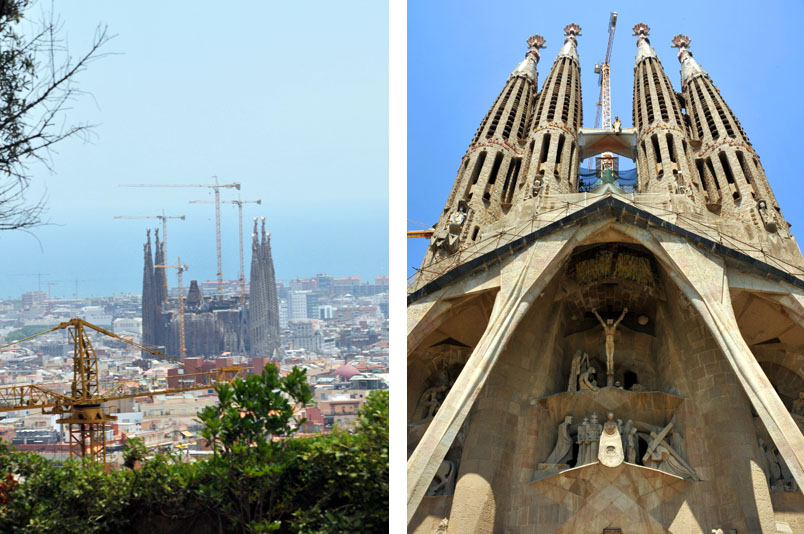
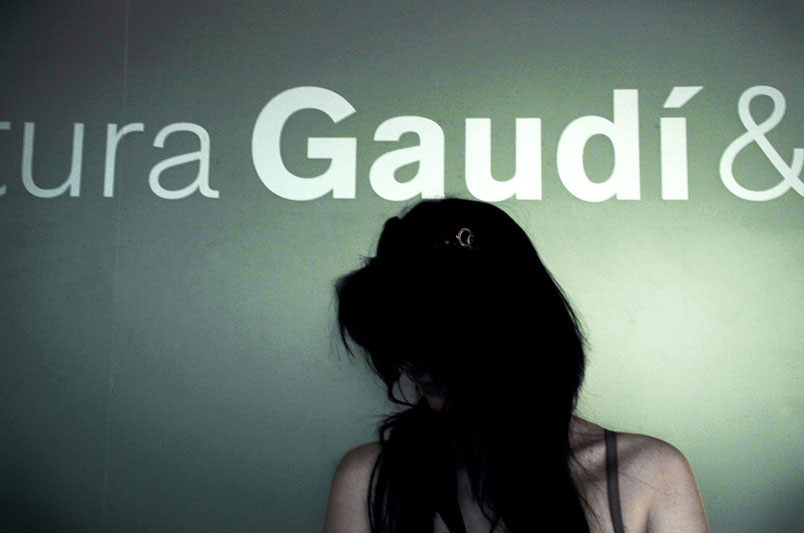
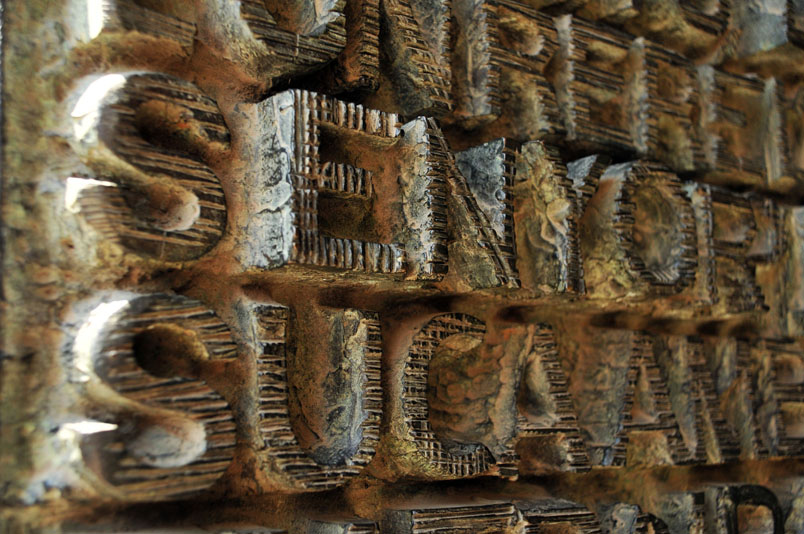

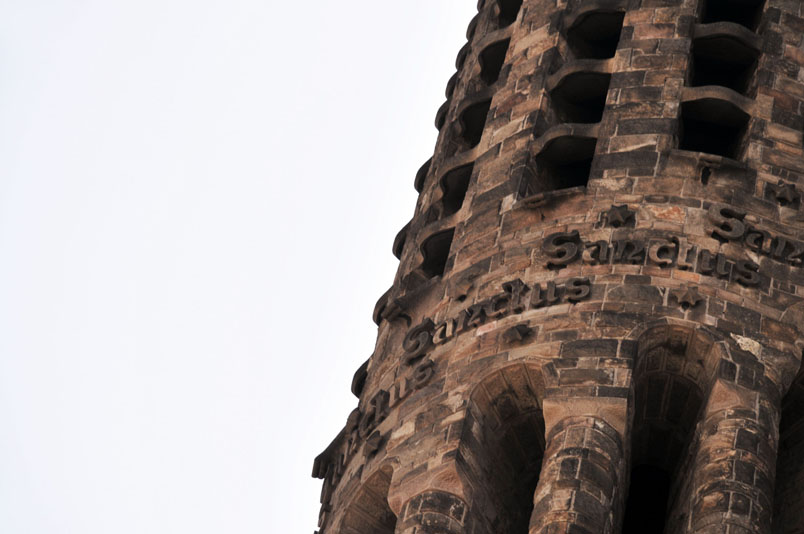

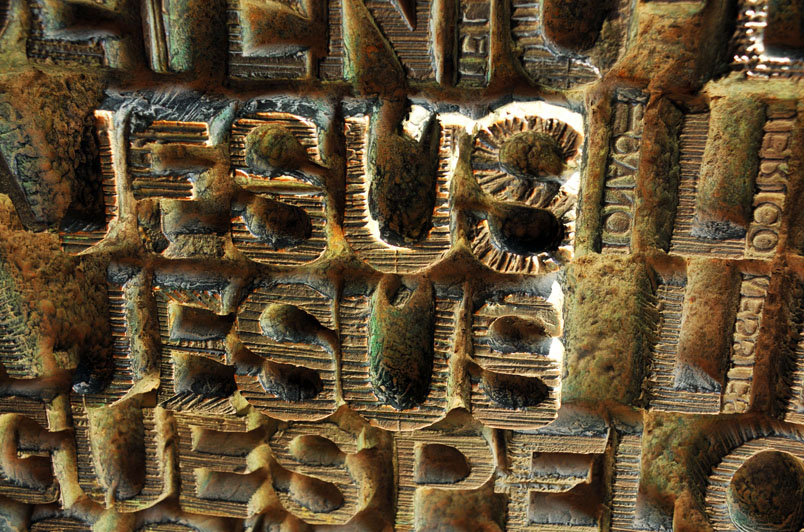
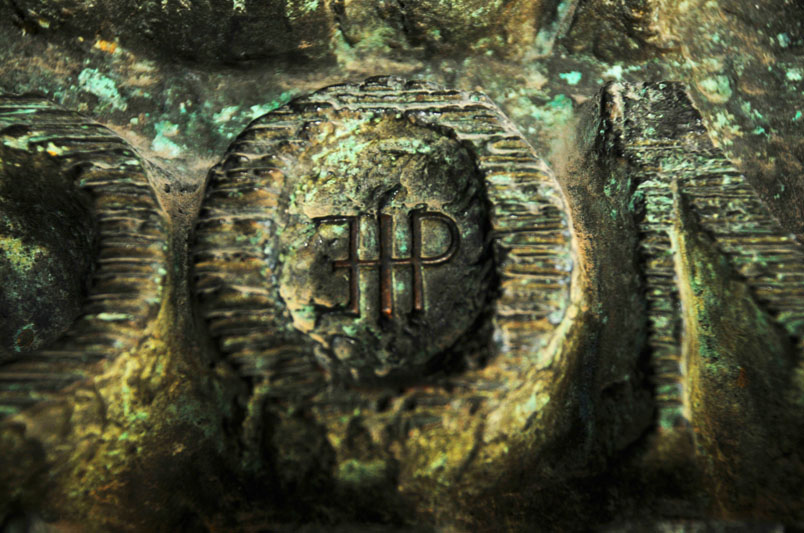
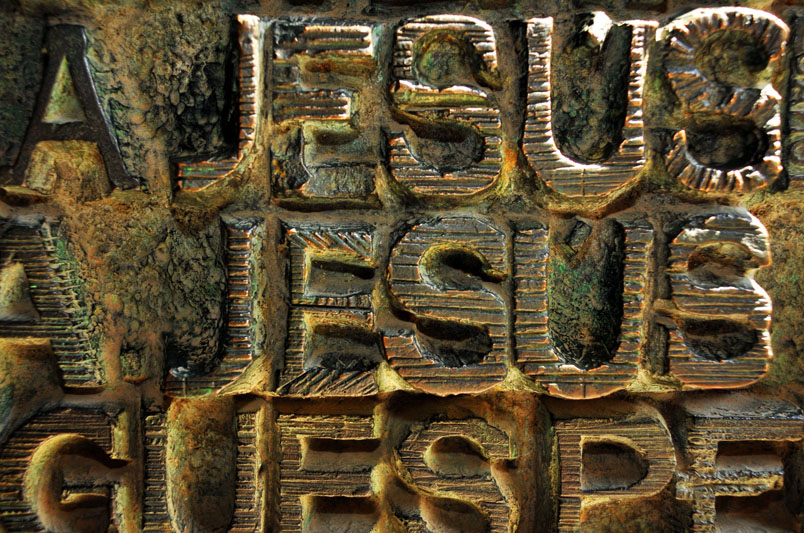
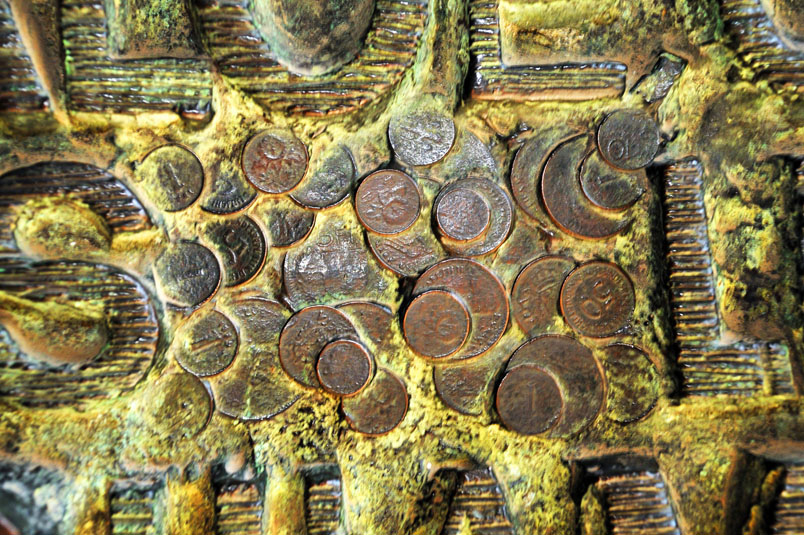
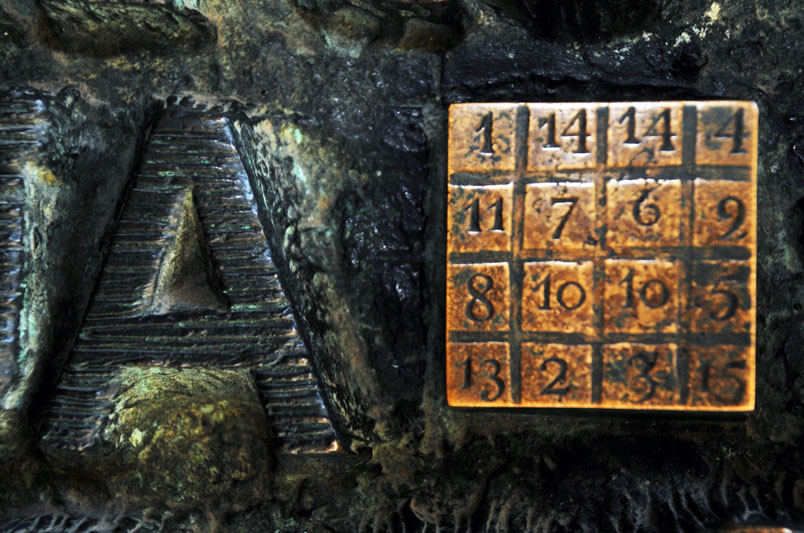
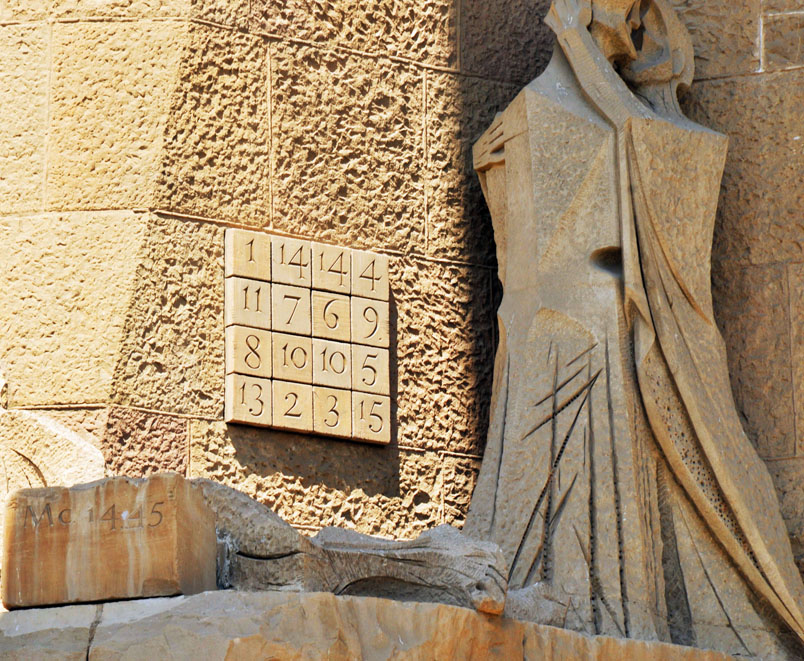
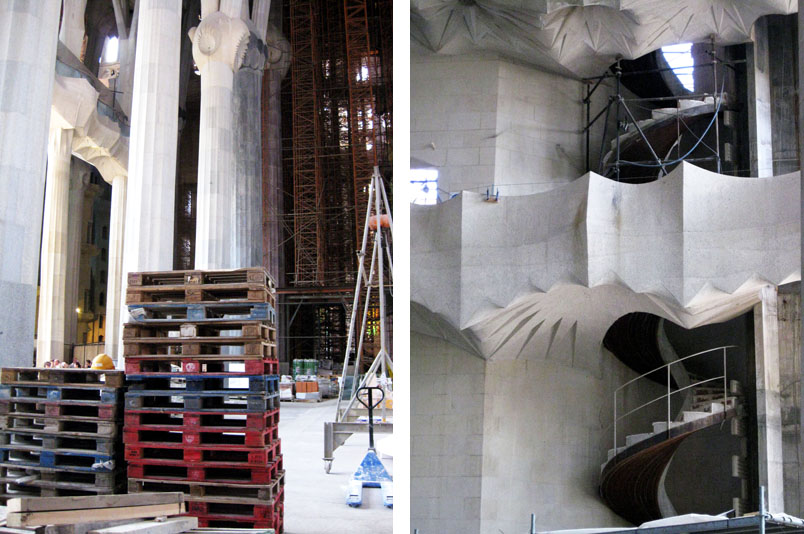

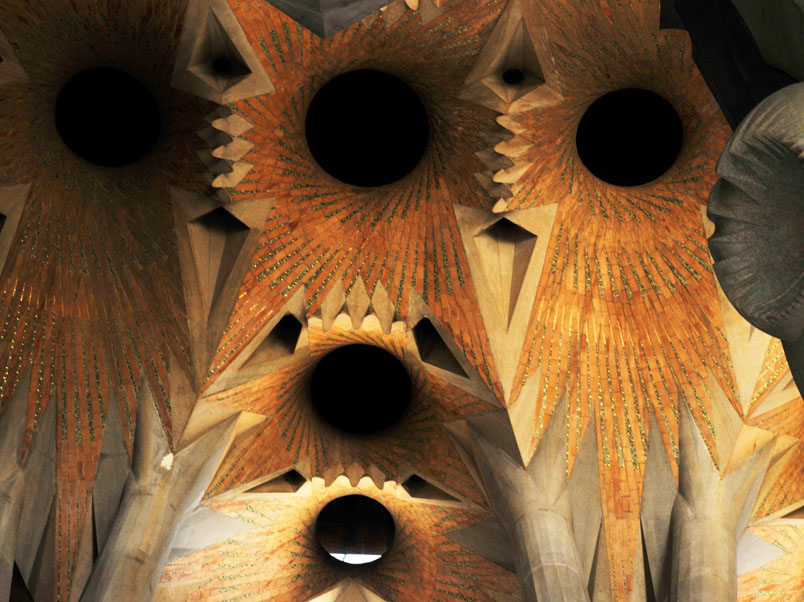
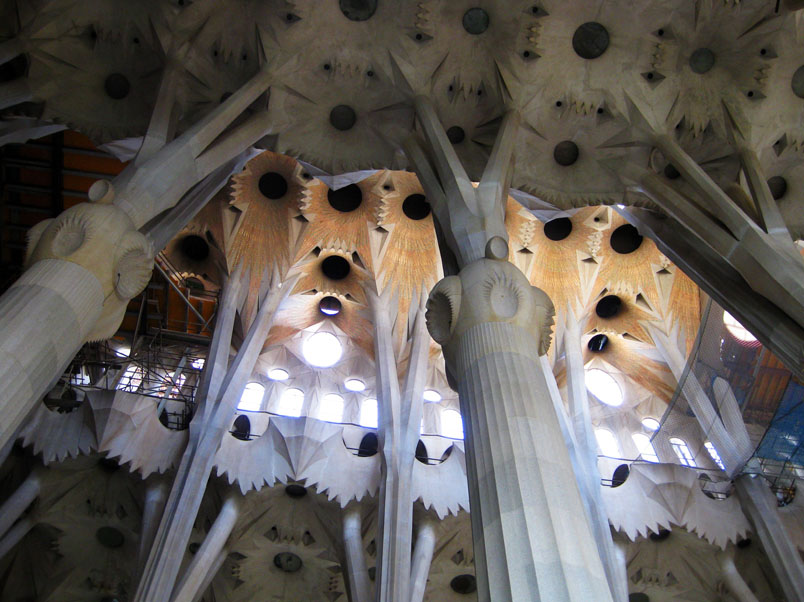
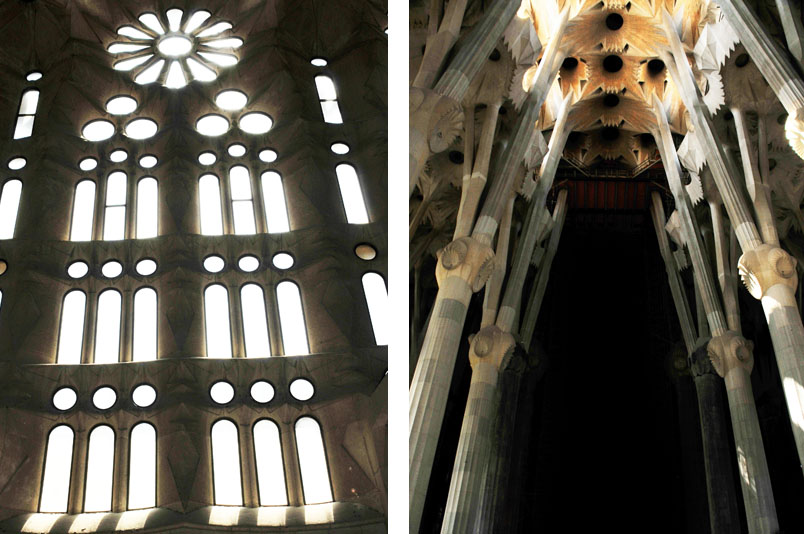
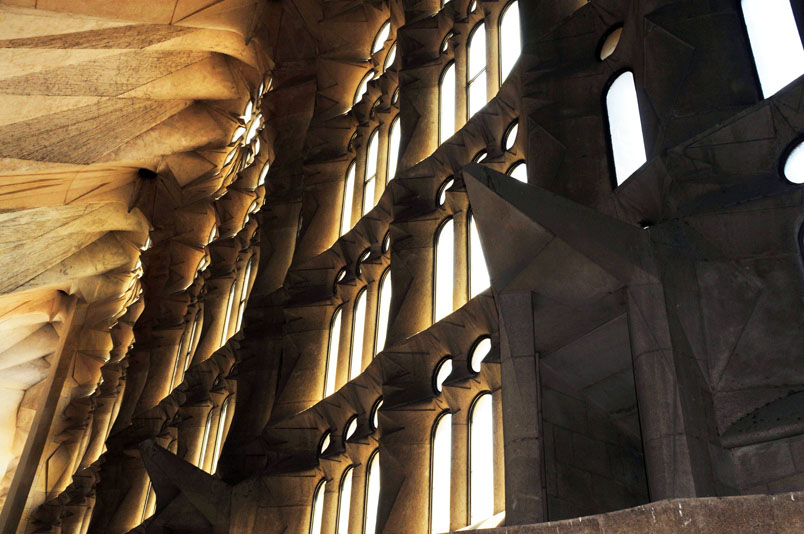
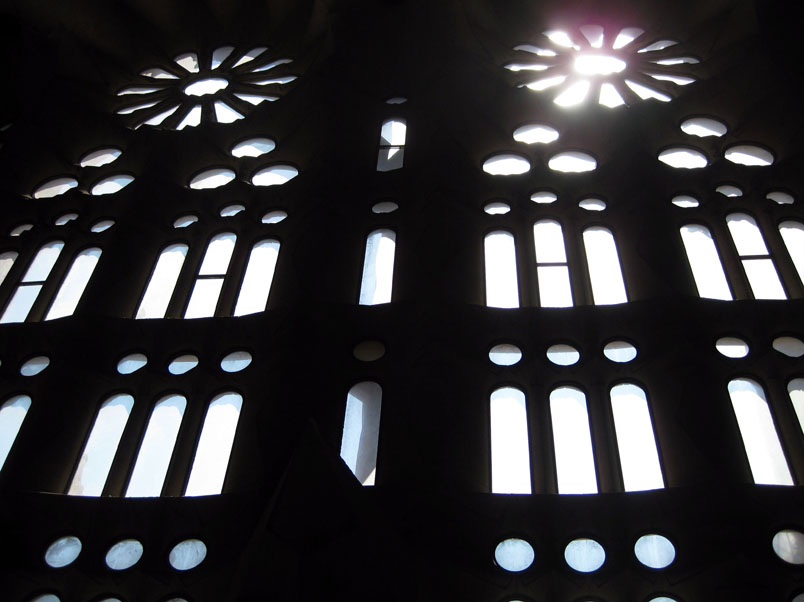
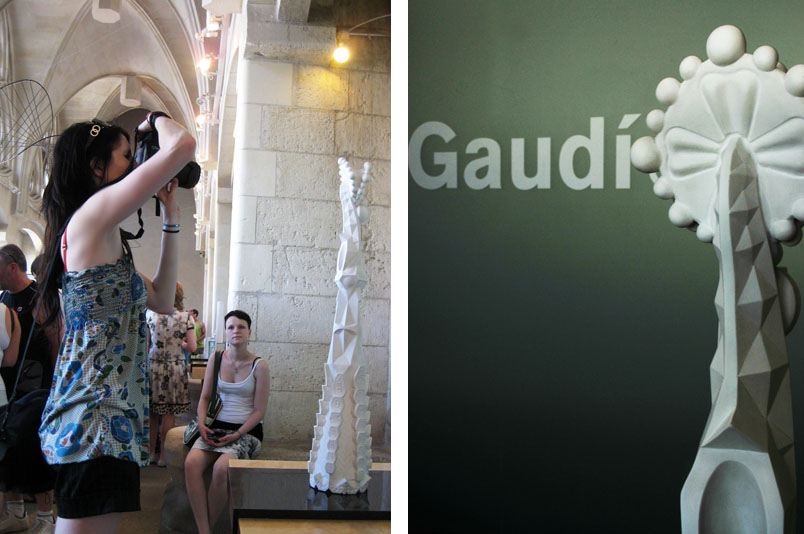
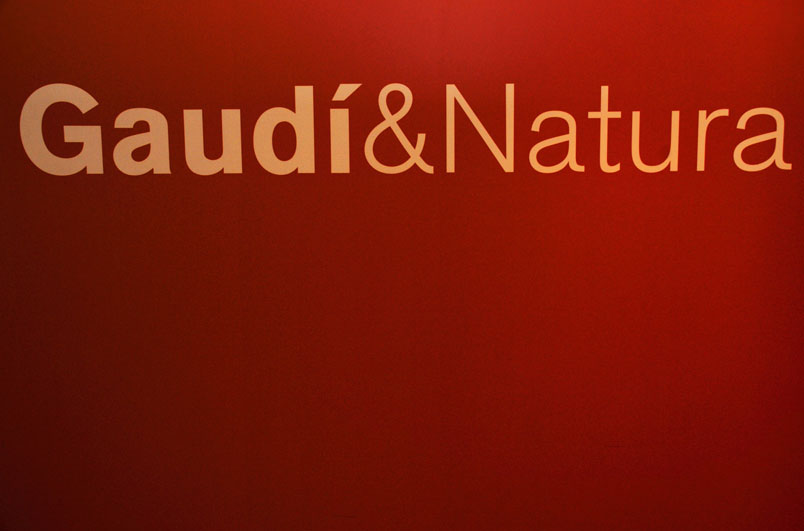
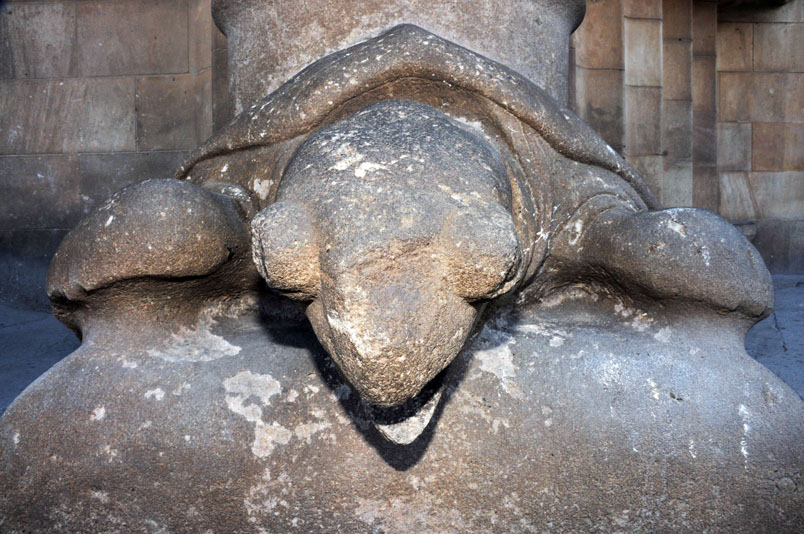
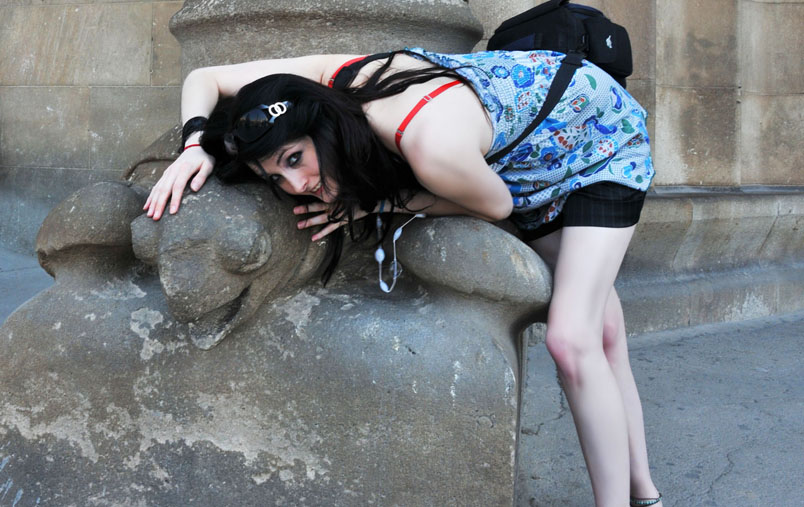
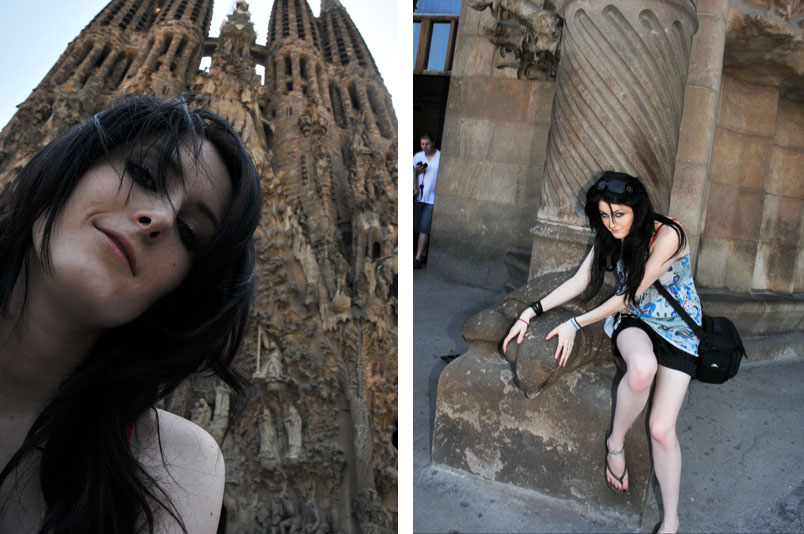
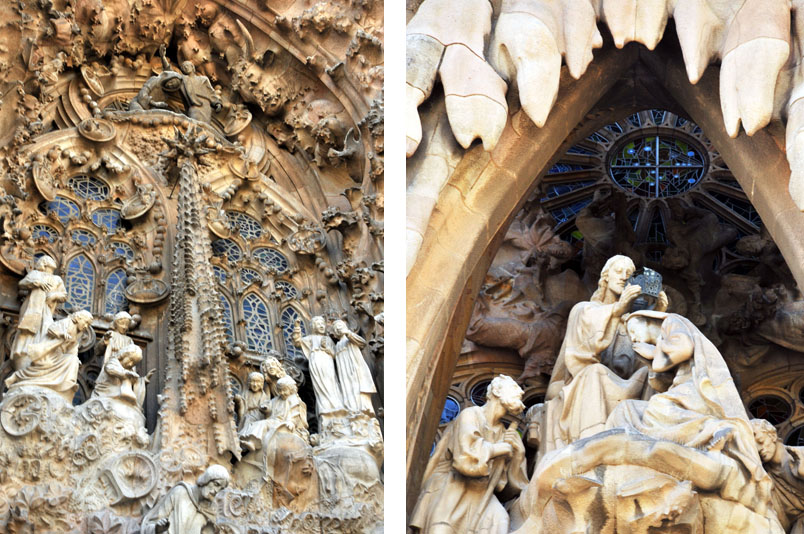
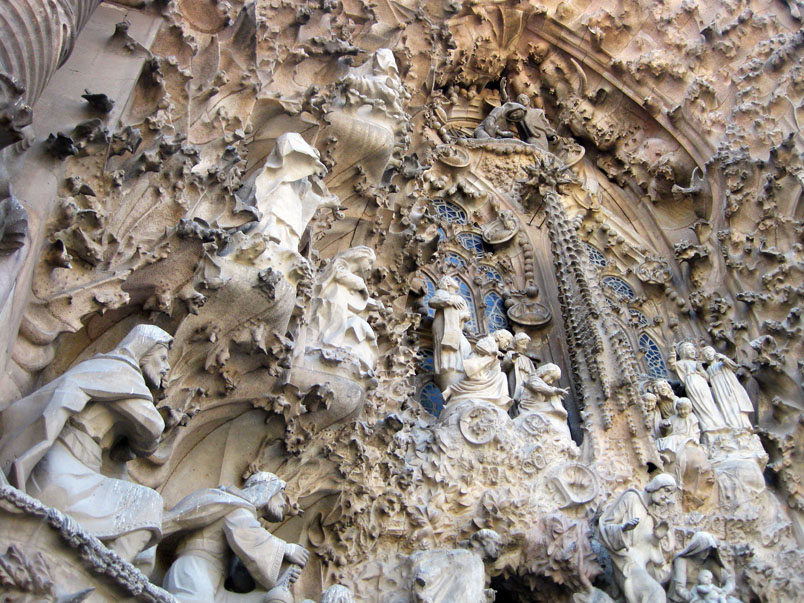
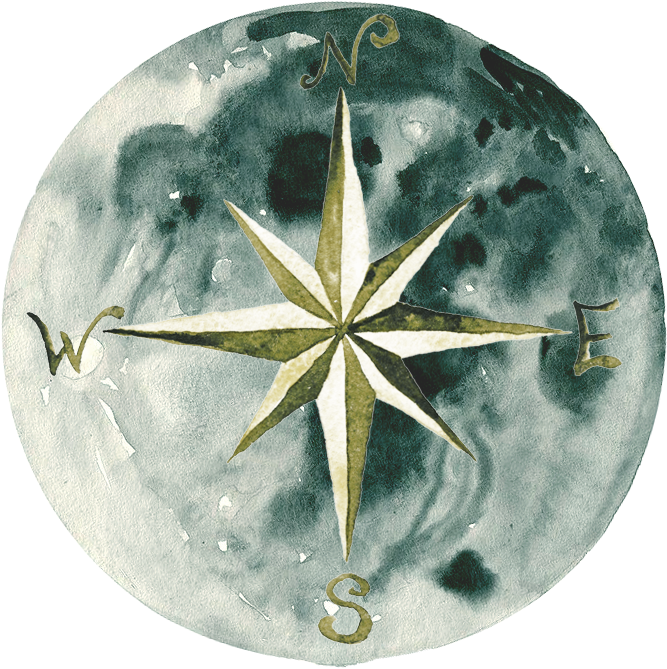
I was in Barcelona this past year and was so excited to finally see this. I’m not usually a church person when I’m traveling, but this is pretty much a must-see for anyone who loves art history and architecture.
Jackie D recently posted..Places: Girl Scout Heaven in Savannah, Georgia
Agreed–it’s definitely more than just a church!
I loved checking this place out when I was there. It’s hard to believe that it is STILL under construction!
I know–I’d love to see it completed!
Loved the post and the pictures are amazing! Sagrada Familia really is an amazing monument!
Amazing, genius architecture and constructions
Eagle excavation recently posted..Things to Know About Large-Scale Excavation